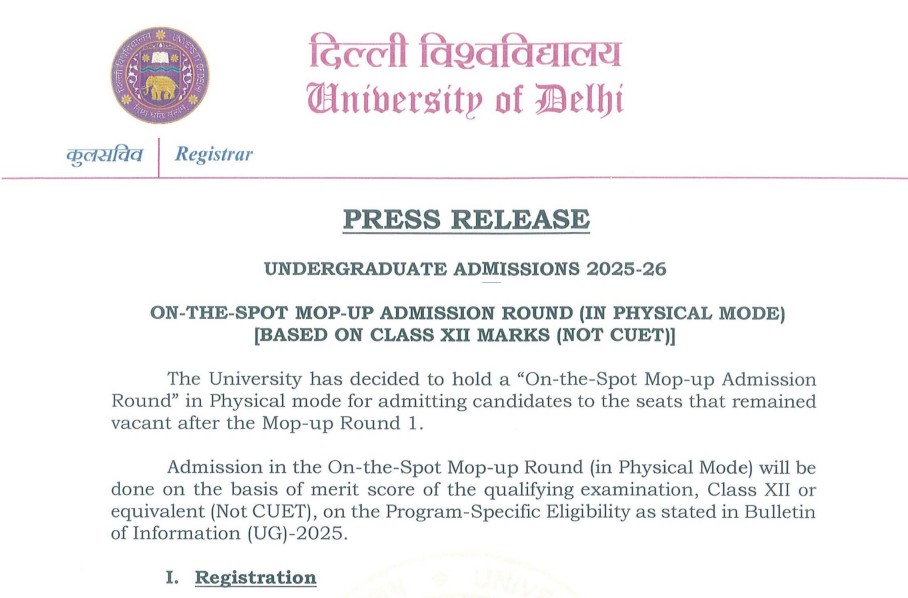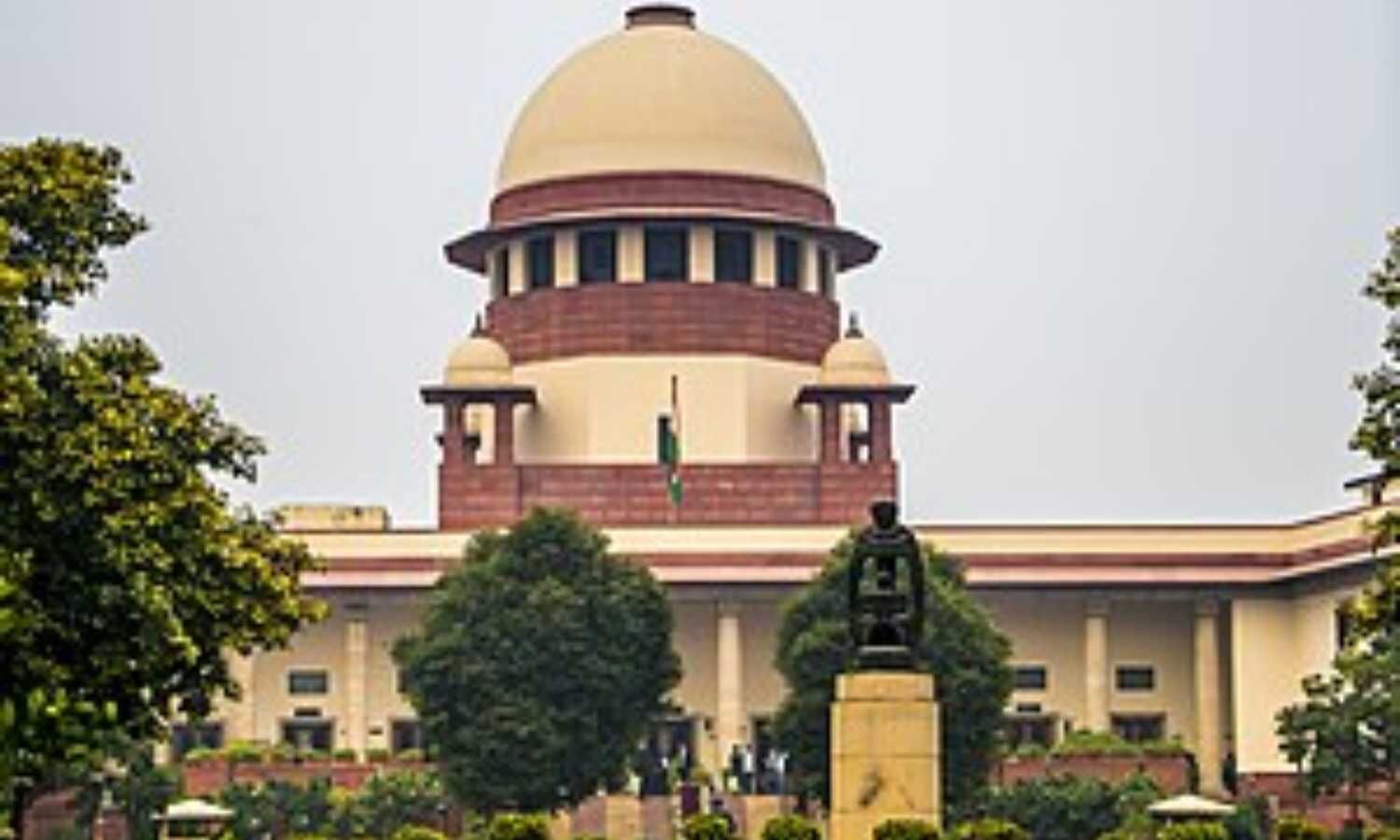From the Ram Temple construction to flag-hoisting at the Pavagadh Kali Mata Temple: How PM Modi rekindled Hindu pride after centuries of suppression
Prime Minister Narendra Modi celebrates his 75th birthday today (September 17, 2025). Since assuming office in 2014, PM Modi has taken several key decisions relating to the economy, foreign policy, and politics. However, a noteworthy feature of his tenure as Prime Minister has been the religious and cultural renaissance in the country. From the construction of the Ram Janmabhoomi temple in Ayodhya after a long wait of 500 years to hoisting a religious flag on the hills of Pavagadh after 5 centuries, various such events having religious significance for Hindus, which happened after PM Modi came to power, have rekindled a sense of pride among Hindus. Initiatives like the rejuvenation of Kashi Vishwanath Temple, the construction of Mahakal Lok in Ujjain, and the development of the Kamakhya Shakti Peetha in Assam have given these pilgrimage sites of Hindus a new sense of identity. As a result, the number of pilgrims visiting these religious sites has also increased manifold. When PM Modi hoisted the Dharma flag in Pavagadh While most Hindus are aware of the arduous journey of building a Ram Temple in Ayodhya after 5 centuries of generational struggle, not many people know about the struggle for the Kali Mata Temple in Pavagadh, Gujarat. This ancient temple, which is a Shaktipeeth, was vandalised by a Muslim ruler named Abul Fath-Nasir-ud-Din Mahmud Shah I, alias Mahmud Begada, in the 15th century. Mahmud Begada was the sixth Sultan of Gujarat, who ruled for 52 years after ascending the throne at the age of 13. From 1459 to 1511 AD, Mahmud Begada invaded various kingdoms and, after defeating them, forced their rulers to convert to Islam. He killed whoever refused to convert to Islam. After conquering Junagadh and Pavagadh, Begada desecrated the Mahakali and the Dwarka temples to humiliate Hindus and force them to accept Islam. Recognition regarding the ancient temple The Mahakali temple located atop Pavagadh hill has immense religious significance for Hindus as it is believed that sage Vishwamitra performed a rigorous penance in the temple to receive the blessings of Goddess Kali. It is also said that the sons of Lord Ram and Mata Sita also attained salvation at Pavagadh. The spire of the Kali Mata temple was demolished by a Sultan, who built a dargah there. After 500 years, the temple was rebuilt, and PM Modi hoisted a flag here on June 18, 2022. The Rise of Spirituality from Gujarat to Somnath Under the Modi government, the Chardham Highway Project, which aims to link the four major Hindu pilgrimage sites of Kedarnath, Badrinath, Yamunotri, and Gangotri in Uttarakhand, is being undertaken to provide all-weather connectivity. After the Kedarnath temple was hit by a major natural disaster in 2013, the Modi government carried out the restoration work on priority. The Hindu religious sites in the Jammu and Kashmir region, including the Shanakaracharya Temple and other Shaktipeeths, are also being redeveloped by the Modi government after it revoked Article 370. With the aim of integrating the ancient Indian knowledge into the education system, the Modi government introduced the India Knowledge System (IKS) in universities and IITs to include the Vedas, Upanishads, Yoga, and Ayurveda into the curriculum. In addition to that, infrastructural improvements were also carried out under the Modi government at ‘Ramayana and PM Modi centres’ in places like Ayodhya, Chitrakoot, Hampi, and Kurukshetra. During his decade as the Prime Minister, PM Modi has revived India’s cultural soul. His rise to power has led to the elevation of the collective consciousness of the country and the resurrection of Hindu religious sites. PM Modi is not just a person who holds a constitutional post, he is the reason that the Hindus in the country can own their identity with unprecedented confidence and pride.



Prime Minister Narendra Modi celebrates his 75th birthday today (September 17, 2025). Since assuming office in 2014, PM Modi has taken several key decisions relating to the economy, foreign policy, and politics. However, a noteworthy feature of his tenure as Prime Minister has been the religious and cultural renaissance in the country.
From the construction of the Ram Janmabhoomi temple in Ayodhya after a long wait of 500 years to hoisting a religious flag on the hills of Pavagadh after 5 centuries, various such events having religious significance for Hindus, which happened after PM Modi came to power, have rekindled a sense of pride among Hindus.
Initiatives like the rejuvenation of Kashi Vishwanath Temple, the construction of Mahakal Lok in Ujjain, and the development of the Kamakhya Shakti Peetha in Assam have given these pilgrimage sites of Hindus a new sense of identity. As a result, the number of pilgrims visiting these religious sites has also increased manifold.
When PM Modi hoisted the Dharma flag in Pavagadh
While most Hindus are aware of the arduous journey of building a Ram Temple in Ayodhya after 5 centuries of generational struggle, not many people know about the struggle for the Kali Mata Temple in Pavagadh, Gujarat. This ancient temple, which is a Shaktipeeth, was vandalised by a Muslim ruler named Abul Fath-Nasir-ud-Din Mahmud Shah I, alias Mahmud Begada, in the 15th century. Mahmud Begada was the sixth Sultan of Gujarat, who ruled for 52 years after ascending the throne at the age of 13.
From 1459 to 1511 AD, Mahmud Begada invaded various kingdoms and, after defeating them, forced their rulers to convert to Islam. He killed whoever refused to convert to Islam. After conquering Junagadh and Pavagadh, Begada desecrated the Mahakali and the Dwarka temples to humiliate Hindus and force them to accept Islam.
Recognition regarding the ancient temple
The Mahakali temple located atop Pavagadh hill has immense religious significance for Hindus as it is believed that sage Vishwamitra performed a rigorous penance in the temple to receive the blessings of Goddess Kali. It is also said that the sons of Lord Ram and Mata Sita also attained salvation at Pavagadh. The spire of the Kali Mata temple was demolished by a Sultan, who built a dargah there. After 500 years, the temple was rebuilt, and PM Modi hoisted a flag here on June 18, 2022.
The Rise of Spirituality from Gujarat to Somnath
Under the Modi government, the Chardham Highway Project, which aims to link the four major Hindu pilgrimage sites of Kedarnath, Badrinath, Yamunotri, and Gangotri in Uttarakhand, is being undertaken to provide all-weather connectivity. After the Kedarnath temple was hit by a major natural disaster in 2013, the Modi government carried out the restoration work on priority. The Hindu religious sites in the Jammu and Kashmir region, including the Shanakaracharya Temple and other Shaktipeeths, are also being redeveloped by the Modi government after it revoked Article 370.
With the aim of integrating the ancient Indian knowledge into the education system, the Modi government introduced the India Knowledge System (IKS) in universities and IITs to include the Vedas, Upanishads, Yoga, and Ayurveda into the curriculum. In addition to that, infrastructural improvements were also carried out under the Modi government at ‘Ramayana and PM Modi centres’ in places like Ayodhya, Chitrakoot, Hampi, and Kurukshetra.
During his decade as the Prime Minister, PM Modi has revived India’s cultural soul. His rise to power has led to the elevation of the collective consciousness of the country and the resurrection of Hindu religious sites. PM Modi is not just a person who holds a constitutional post, he is the reason that the Hindus in the country can own their identity with unprecedented confidence and pride.






















































































































